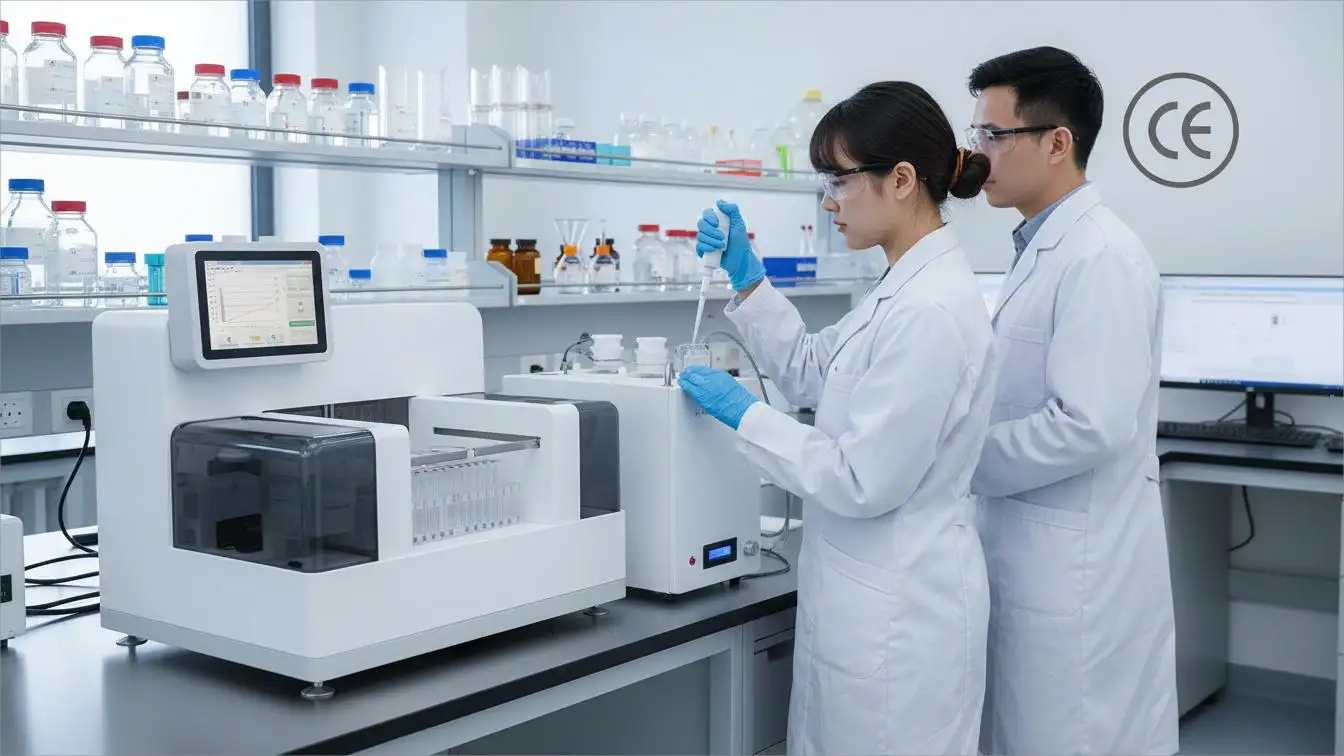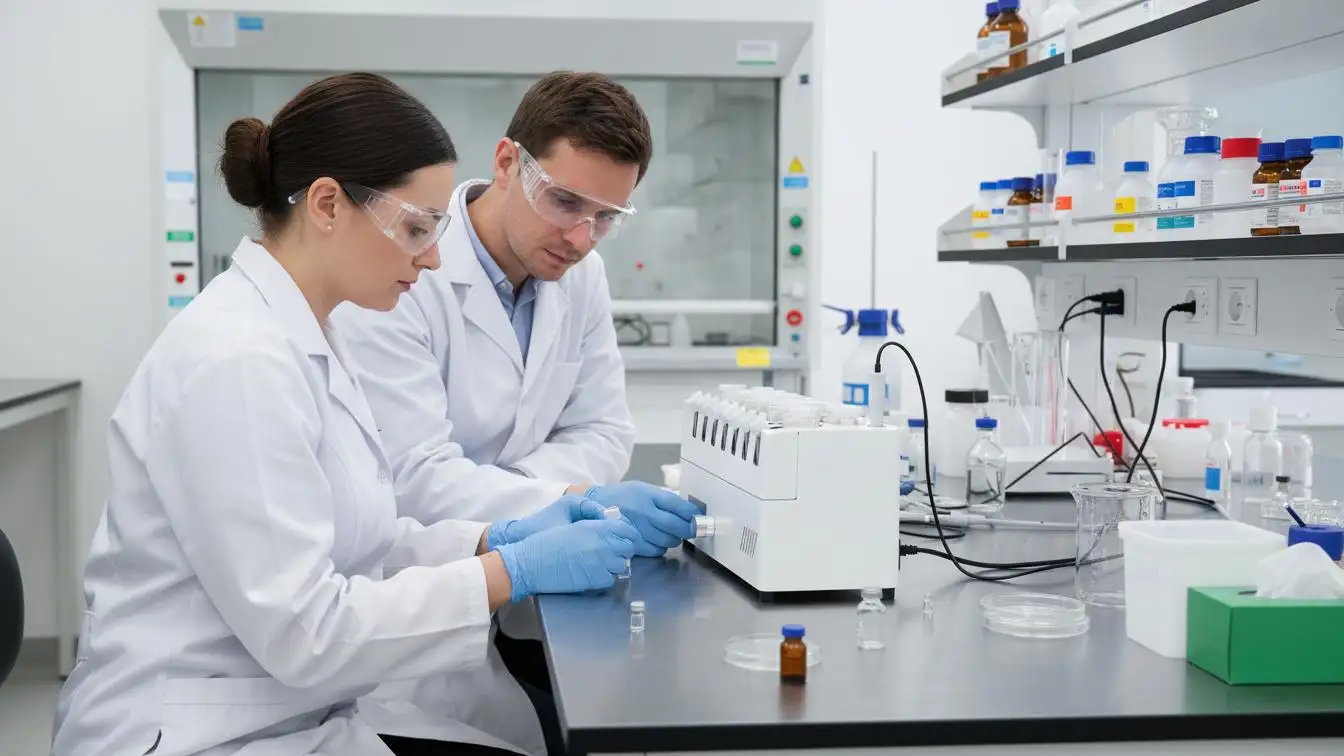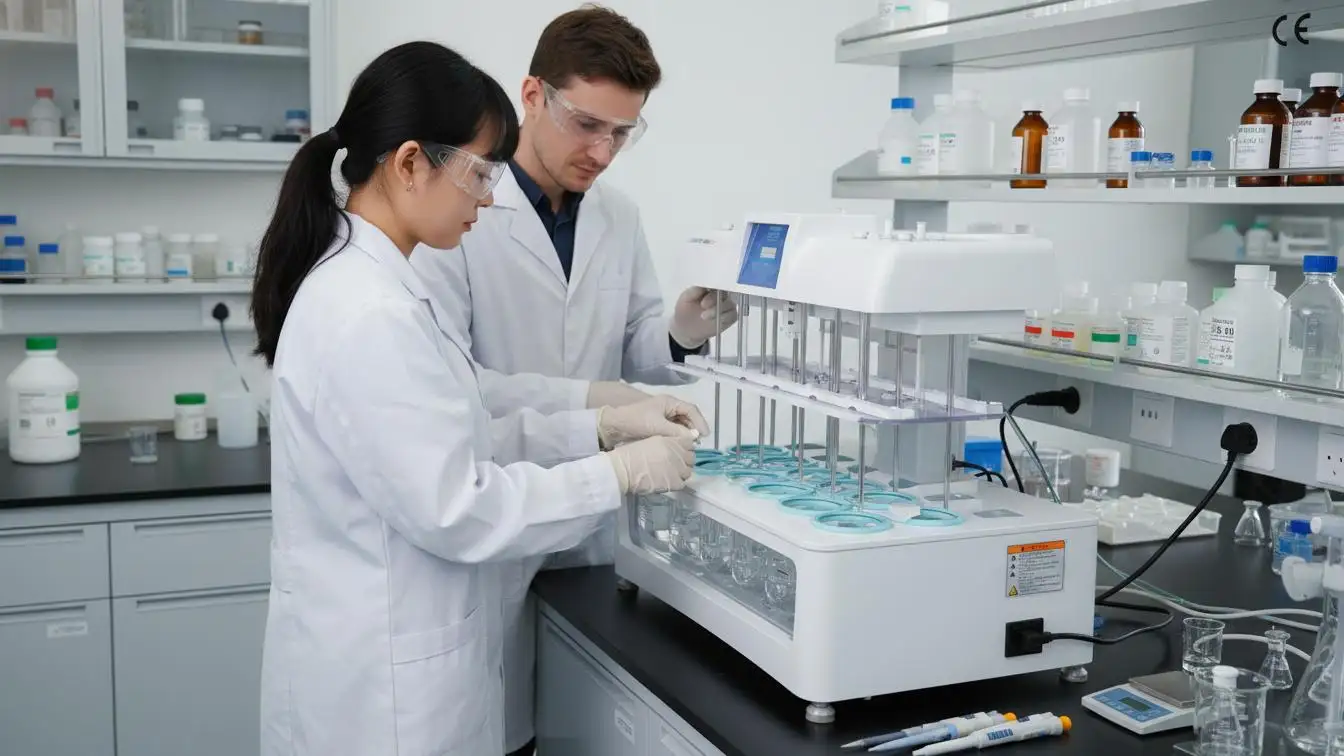Flow-through Cell Dissolution Tester technology is changing how we judge complex formulations. Many teams still lean on traditional USP methods. They are familiar and practical. Yet advanced dosage forms push those limits. Hydrodynamics shift. Temperature drifts. Signals blur when clarity matters most. The flow-through approach promises tighter control and cleaner reads. It supports open-loop and closed-loop work. It handles liposomes, suspensions, and long-release profiles with less noise. So which path delivers decision-ready data without slowing development? Today we compare the two, step by step. And we reveal one quiet factor that often decides the winner - right when stakes are highest.
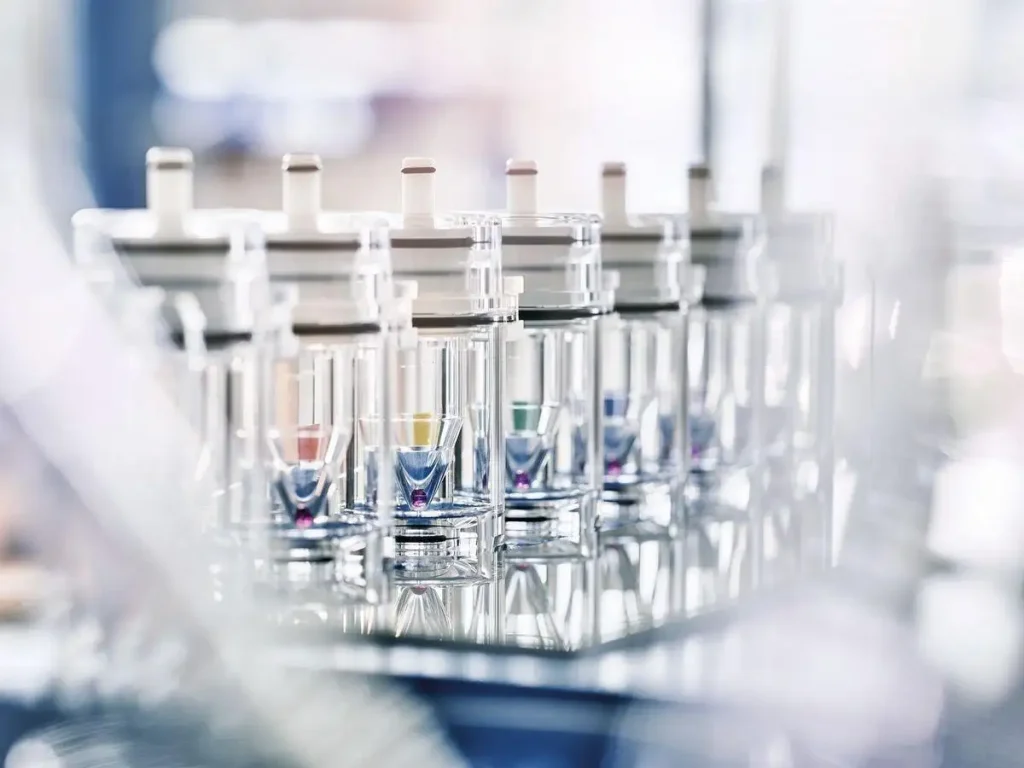
What's the Real Difference?
At RAYTOR, we spend our days with sustained-release tablets, liposomes, suspensions, nano-scale systems, and eye drops. Traditional USP dissolution tools are familiar and widely deployed. Yet with intricate matrices, they can struggle. Signals blur, subtle formulation changes hide, and in-vitro/in-vivo correlation (IVIVC) may weaken. Teams repeat runs, extend timelines, and make harder decisions with less confidence.
A Flow-through cell dissolution tester approaches the problem differently. Medium renews continuously. Hydrodynamics remain controlled rather than improvised. The system maintains a stable thermal environment, so temperature drift does not creep into your data. As a result, early R&D reads cleaner. You can separate real formulation behavior from test artifacts. When we ask, "Will this product release as intended?”, we prefer methods that reveal differences rather than mask them.
This does not mean USP methods lack value. They are excellent for straightforward release profiles and routine QC on legacy products. But when the brief calls for biorelevant dissolution for liposomal drugs or other advanced forms, you need tighter control, gentler fluid paths, and smarter sampling. That is exactly what a modern flow-through setup provides.
• Where USP fits - and Where it Stalls
USP is practical when formulations are simple, lots are consistent, and the goal is batch verification. It stalls when dosage forms interact with apparatus surfaces, when agitation confounds release profiles, or when long profiles suffer from temperature and filtration side effects. A Flow-through cell dissolution tester reduces those confounders and keeps the method focused on the formulation.
Design Choices That Matter
RAYTOR engineers built our platform for sustained-release products, suspensions, and liposomal drugs. Flexibility comes first. You can run open-loop and closed-loop studies without swapping hardware. Seven flow cells enable parallel work, and dual flow-rate testing lets you view the same formulation under two hydrodynamic conditions at once. That speeds method scouting and strengthens robustness checks.
Integrated immersion thermostatic water baths stabilize every channel. Each channel has real-time temperature sensing, so you can confirm conditions rather than assume them. Our patented multi-stage filtration reduces back pressure. That matters because high back pressure distorts sampling and causes avoidable interruptions. Lower pressure means smoother flow and cleaner baselines.
Behind the glass, a high-precision syringe pump provides both non-pulsation mode and a 120 Hz dual-pulse mode. Choose what your study demands. Each channel also includes independent over-pressure protection and leak detection. A single issue should never jeopardize a full day's run. Fluid paths use Teflon tubing to cut adsorption and residue. That preserves sample integrity during long profiles and sticky matrices.
- What Customers Use Most
• Seven-channel flow cell for parallel work and dual-flow-rate dissolution testing.
• Integrated heating and stirring that supports seven sample solvent bottles plus a rehydration bottle.
• Real-time monitoring with seven independent temperature sensors - one per channel.
• High-precision constant-flow pump with non-pulsation and 120 Hz pulsation options; per-channel safety for pressure and leaks.
• Patented filtration that reduces back pressure for steadier sampling.
• True open-loop closed-loop dissolution sampling without re-plumbing.
• Pharmacopoeia-aligned flow cells to meet regulated dissolution needs.
• Low-adsorption Teflon fluid paths to curb carryover and residues.
• Adaptable racks for 70 mL bottles, 10 mL test tubes, and LC vials; diverse membranes and pore sizes to match your matrix.
- Hydrodynamics and Temperature Control
Release kinetics are sensitive to both flow and heat. With two flow rates running simultaneously, you can probe the formulation's response instead of guessing. The immersion thermostatic water baths keep channels aligned. The effect shows up in your data as fewer unexplained swings and tighter confidence intervals. In practice, it means fewer repeats and faster conclusions.
- Smarter Sampling, Safer Runs
Sampling should not be a gamble. The syringe pump's non-pulsation mode offers a smooth baseline for delicate profiles, while 120 Hz pulsation can help when method behavior benefits from micro-mixing. Independent safeguards isolate problems to a single channel. Our filtration design lowers back pressure and protects against clogs, so your long profiles reach their scheduled endpoints.
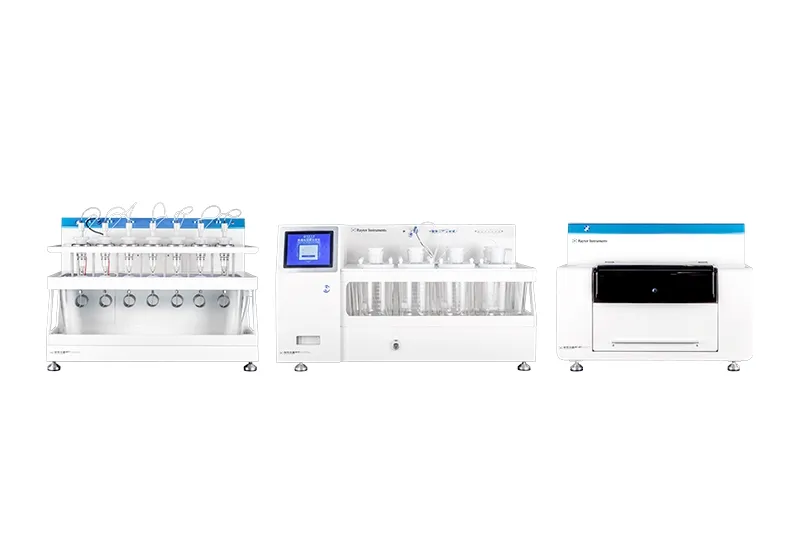
Choosing Flow-through or Traditional USP: A Practical Guide
If your priority is reliable prediction of bioavailability during R&D, the flow cell method often delivers stronger IVIVC and better discrimination than traditional approaches. That helps you rank formulations before scale-up. It also cuts equivocal results that send teams back to the bench.
When the work looks like this, a Flow-through cell dissolution tester is usually the right call:
• Soft capsules that need gentler fluid paths
• Sustained-release tablets with long profiles
• Liposomes where biorelevant dissolution matters
• Suspension products prone to settling or adsorption
• Nano-scale systems that react to agitation patterns
• Eye drops requiring controlled hydrodynamics
For well-characterized, stable products in routine QC, a traditional USP method can be efficient and familiar. But the moment you introduce novel release mechanisms, sensitive excipients, or complex particle engineering, the risk profile changes. Temperature drift, filtration spikes, and adsorption can hide the truth. In those cases, a Flow-through cell dissolution tester with tunable flow, tight thermal control, and clean sampling paths is the safer route to decision-grade data.
You will also notice practical workflow gains. Method scouting accelerates when seven channels let you evaluate variables in parallel. Running two flow rates side by side reveals hydrodynamic sensitivity quickly. Thermal stability improves because each channel is monitored, not assumed. Filtration interruptions drop when back pressure is kept in check. And low-adsorption Teflon tubing reduces carryover, which is especially helpful in sticky or high-potency matrices.
Not every study needs every feature. That is why we built flexibility into the platform. Swap filter membranes to suit your matrix. Mix open-loop for screening with closed-loop for extended profiles. Use non-pulsation for clean baselines, then explore 120 Hz pulsation when the method benefits. The goal is simple: remove test noise, keep the science front and center, and help your team move forward with confidence.
Final Words
Call to Action: Connect with RAYTOR to pilot a Flow-through cell dissolution tester in your lab. We will review your target products, recommend flow cells and membranes, and configure open-loop or closed-loop workflows around your questions. Let's turn uncertainty into clear, defensible results.

